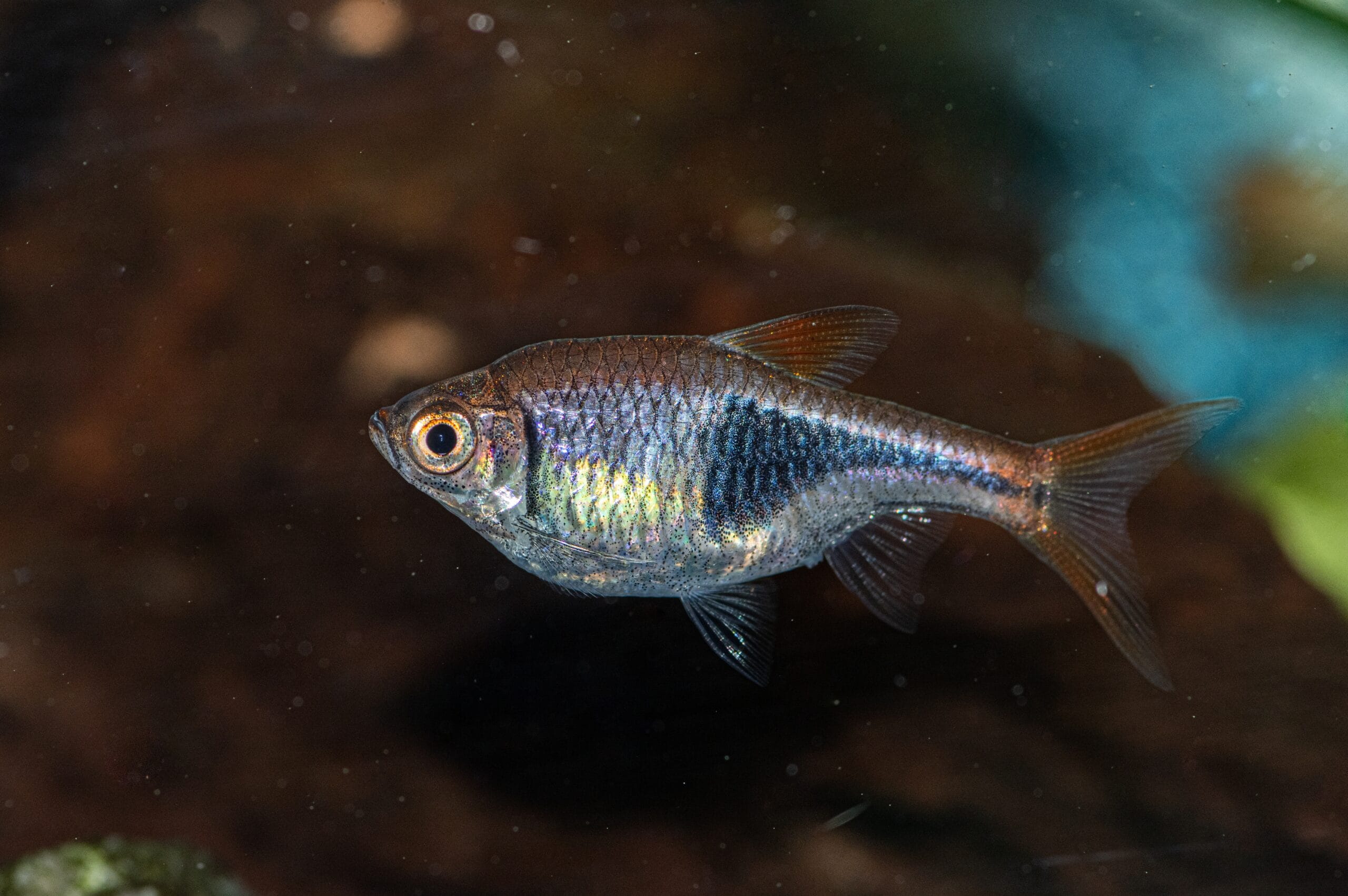The Rise of Micro and Nano Fish Tagging Systems for Small Species Research
In the world of aquatic research, understanding fish movement, behavior, and population dynamics has always been a high priority. Yet, for years, researchers have struggled with a challenge that limited their ability to study smaller fish species: the size and intrusiveness of tracking technology. Fortunately, this landscape is changing rapidly with the rise of micro- and nano-fish tagging systems. These innovative solutions are transforming how we gather ecological data, opening new doors for conservation efforts and ecological studies.
The Need for Smaller, Smarter Tracking
Traditional tracking systems were originally developed for larger fish species like salmon, tuna, and sturgeon. While highly effective for those species, the size and weight of older transmitters or external tags made them unsuitable for small-bodied fish. Attempting to tag these smaller creatures often resulted in harm, behavioral disruption, or low tag retention.
This limitation created a significant blind spot in aquatic research. Many freshwater and marine ecosystems depend heavily on small-bodied fish for ecological balance. These species often act as indicators of ecosystem health, prey for larger species, or keystone contributors to food web stability. Without the ability to monitor their movement and behavior, understanding the full picture of aquatic environments remained out of reach.
This is where the new generation of fish tagging systems has stepped in to fill the gap.
What Makes Micro and Nano Tags Different?
At the heart of the shift is miniaturization. Advances in microelectronics, materials science, and data processing have allowed engineers to design fish tags that weigh less than a single grain of rice. These new tags are capable of transmitting critical information such as location, depth, water temperature, and movement patterns, without causing stress or harm to the fish.
Unlike their larger predecessors, micro and nano tags can now be implanted into fish as small as 30 to 50 millimeters in length. This means species that were once considered too small to study using telemetry techniques can now be safely and effectively tracked.
These newer tags also have energy-efficient designs, enabling them to operate for longer periods without compromising performance. Some of the latest tags offer lifespans of several weeks to months, depending on the study requirements and signal transmission frequency.
Applications of the New Fish Tagging System
The evolution of fish tagging systems has led to a wave of new studies focusing on species that were previously overlooked or difficult to monitor. Some common applications include:
Conservation of Endangered Species
Many endangered or at-risk fish species are small-bodied and have been historically understudied due to technological constraints. Now, with more refined tagging systems, researchers can gather detailed movement and habitat use data. This information can directly influence habitat restoration efforts, protected area design, and policy decisions.
Studying Migration and Spawning Patterns
Smaller fish, particularly those living in riverine or estuarine environments, often travel long distances during key life stages. By using micro tagging systems, scientists can track these migration routes and identify critical spawning grounds. This type of research helps inform river flow management, dam operations, and conservation planning.
Understanding Invasive Species Behavior
Invasive fish species can disrupt entire ecosystems. Monitoring their spread, feeding patterns, and movement behaviors using a reliable fish tagging system allows for more strategic interventions. Being able to tag smaller invasive species is a game-changer in managing their impact.
Urban and Fragmented Habitat Studies
Many small fish species thrive or struggle in urban waterways. With advanced tagging systems, researchers can study how these fish navigate storm drains, culverts, and fragmented stream networks, ultimately improving the way we design urban infrastructure for ecological connectivity.
Ethical and Biological Considerations
While the rise of micro and nano tagging systems has been exciting, it also requires rigorous ethical oversight. Implanting tags in small-bodied fish must be done with care to avoid stress, injury, or mortality. Guidelines around tag-to-body weight ratios, surgical procedures, and recovery time are more important than ever.
Thanks to constant improvements in surgical tools and anesthesia methods, many institutions have adopted minimally invasive techniques that reduce the physiological burden on fish. In addition, laboratory trials often precede field studies to ensure tag designs do not alter the fish’s natural swimming patterns or behaviors.
Data Collection and Integration
Another major development alongside miniaturized tagging is how data is collected and analyzed. Modern fish tagging systems often work in conjunction with underwater receivers, mobile tracking units, or even drones that can detect signals remotely.
The ability to pair tracking data with environmental metrics, such as salinity, temperature, or pH levels, allows scientists to build a more holistic picture of fish behavior. Cloud-based data storage and real-time analytics platforms now help researchers monitor tagged fish across vast networks with greater efficiency and less manual labor.
This seamless integration between field technology and data science is further expanding the reach and relevance of fish telemetry studies.
The Role of Innovation in Future Research
Looking ahead, we can expect the evolution of fish tagging systems to continue at a rapid pace. Ongoing research is focused on making these systems even smaller, smarter, and more energy-efficient. Some developers are working on biodegradable tags to address concerns about long-term environmental impacts, especially in sensitive habitats.
There’s also interest in adding additional sensors to the tags, such as accelerometers or pressure sensors, to gain even deeper insights into fish behavior and stress responses. The idea is not just to track where fish go but also to understand why they move the way they do.
With climate change, habitat degradation, and pollution posing increasing threats to aquatic ecosystems, the importance of understanding fish behavior across species and sizes has never been greater. Micro and nano tagging systems are stepping in as powerful allies in this mission.
Final Thoughts
The rise of micro and nano tagging technology represents more than just a technical milestone. It is a paradigm shift in aquatic research. By removing size limitations, scientists are now empowered to explore the world of small-bodied fish with unprecedented clarity and care.
As more institutions adopt these advanced fish tagging systems, our understanding of underwater ecosystems will only deepen. Whether the goal is species recovery, environmental management, or advancing pure ecological science, the ability to monitor the tiniest swimmers is proving to be a massive leap forward.
In the end, it’s not just about technology—it’s about access to knowledge, one tiny tag at a time.









Add comment